Prisms and Cylinders Worksheet
This blog post provides a Prisms and Cylinders Worksheet, aimed at elementary and middle school students learning about 3D shapes. With a focus on understanding the properties, formulas, and calculations related to prisms and cylinders, this worksheet serves as a helpful resource for students looking to reinforce and practice their knowledge in an engaging way.
Table of Images 👆
More Other Worksheets
Kindergarten Worksheet My RoomSpanish Verb Worksheets
Cooking Vocabulary Worksheet
DNA Code Worksheet
Meiosis Worksheet Answer Key
Art Handouts and Worksheets
7 Elements of Art Worksheets
All Amendment Worksheet
Symmetry Art Worksheets
Daily Meal Planning Worksheet
What is a prism?
A prism is a solid geometric figure that has two parallel and congruent polygonal bases connected by faces that are all parallelograms. It is a three-dimensional shape that can refract light and separate it into its spectral colors, commonly seen in glass or optical systems.
How many faces does a rectangular prism have?
A rectangular prism has six faces.
What is the difference between a triangular prism and a rectangular prism?
The main difference between a triangular prism and a rectangular prism lies in their base shapes. A triangular prism has triangular bases, meaning the cross-section of the prism is a triangle, while a rectangular prism has rectangular bases, leading to a cross-section that is a rectangle. Additionally, the number of sides of the base shape is another distinguishing factor, with a triangular prism having three sides on its base and a rectangular prism having four sides.
What is the formula to calculate the volume of a prism?
The formula to calculate the volume of a prism is V = Bh, where V represents the volume, B represents the base area of the prism, and h represents the height of the prism.
What is a cylinder?
A cylinder is a three-dimensional geometric shape with two parallel and congruent circular bases connected by a curved surface. It is a solid figure that has a constant diameter and height, and its volume can be calculated using the formula V = ?r^2h, where r is the radius of the base and h is the height of the cylinder.
What are the two bases of a cylinder?
The two bases of a cylinder are the two circular ends that are parallel and congruent to each other.
Can a cylinder have different-sized bases?
No, a cylinder cannot have different-sized bases. In a cylinder, the bases are always parallel to each other and congruent in size and shape, with the same circumference. This geometric shape consists of two parallel, congruent circles connected by a curved surface, maintaining a consistent size throughout.
How is the height of a cylinder calculated?
The height of a cylinder is calculated by dividing the volume of the cylinder by the product of ? (pi) and the square of the radius of the cylinder. The formula to calculate the height of a cylinder is h = V / (? * r^2), where h is the height, V is the volume, ? is approximately 3.14159, and r is the radius of the cylinder.
What is the formula to find the surface area of a cylinder?
The formula to find the surface area of a cylinder is 2?rē + 2?rh, where r is the radius of the base of the cylinder and h is the height of the cylinder.
How is a cylinder different from a prism?
A cylinder is a type of prism that specifically has circular bases. Prisms, on the other hand, can have any shape for their bases, such as triangles, rectangles, or pentagons. The defining feature of a prism is its two parallel bases that are connected by lateral faces, while a cylinder is a specific type of prism with circular bases.
Have something to share?
Who is Worksheeto?
At Worksheeto, we are committed to delivering an extensive and varied portfolio of superior quality worksheets, designed to address the educational demands of students, educators, and parents.

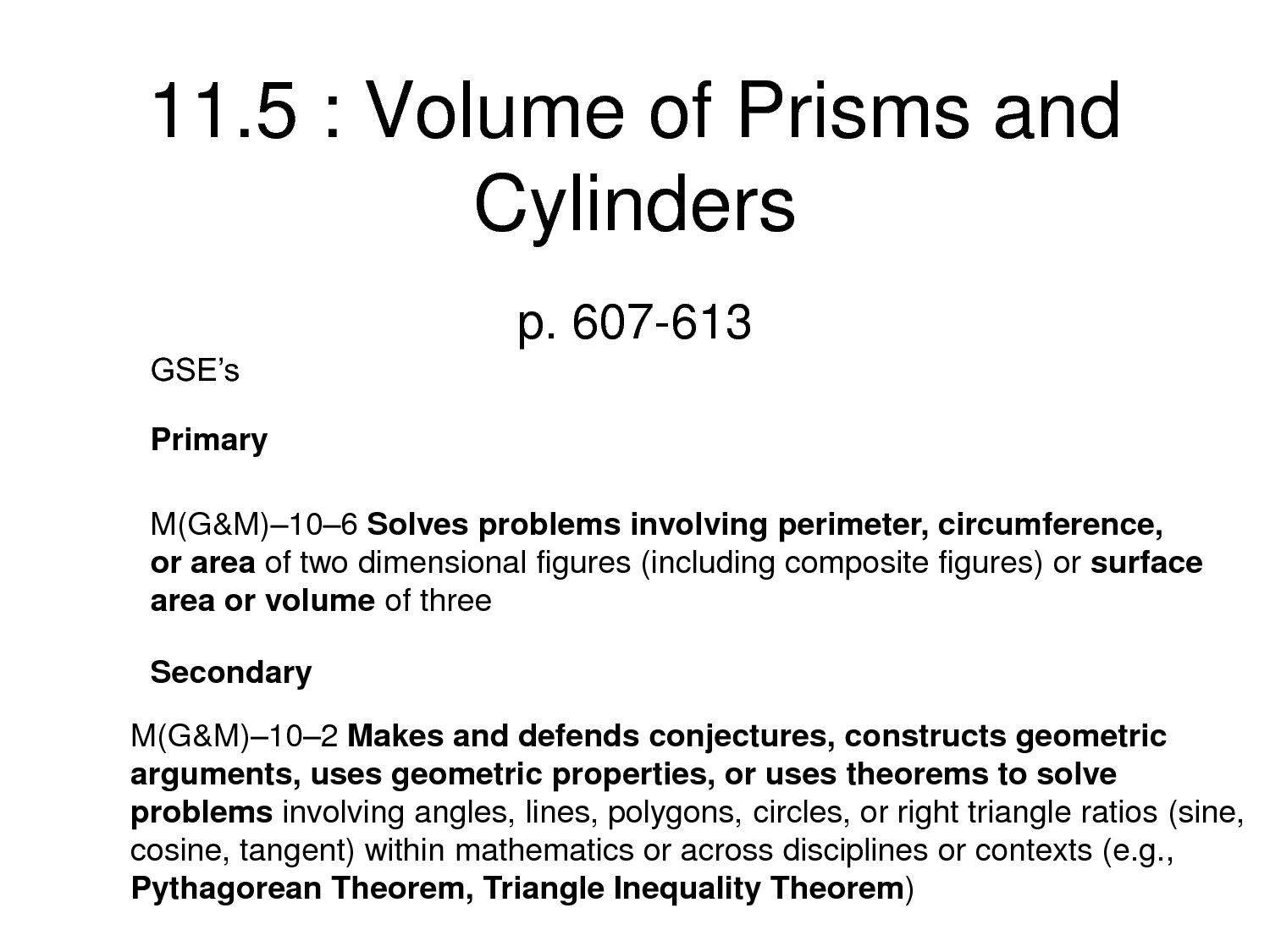



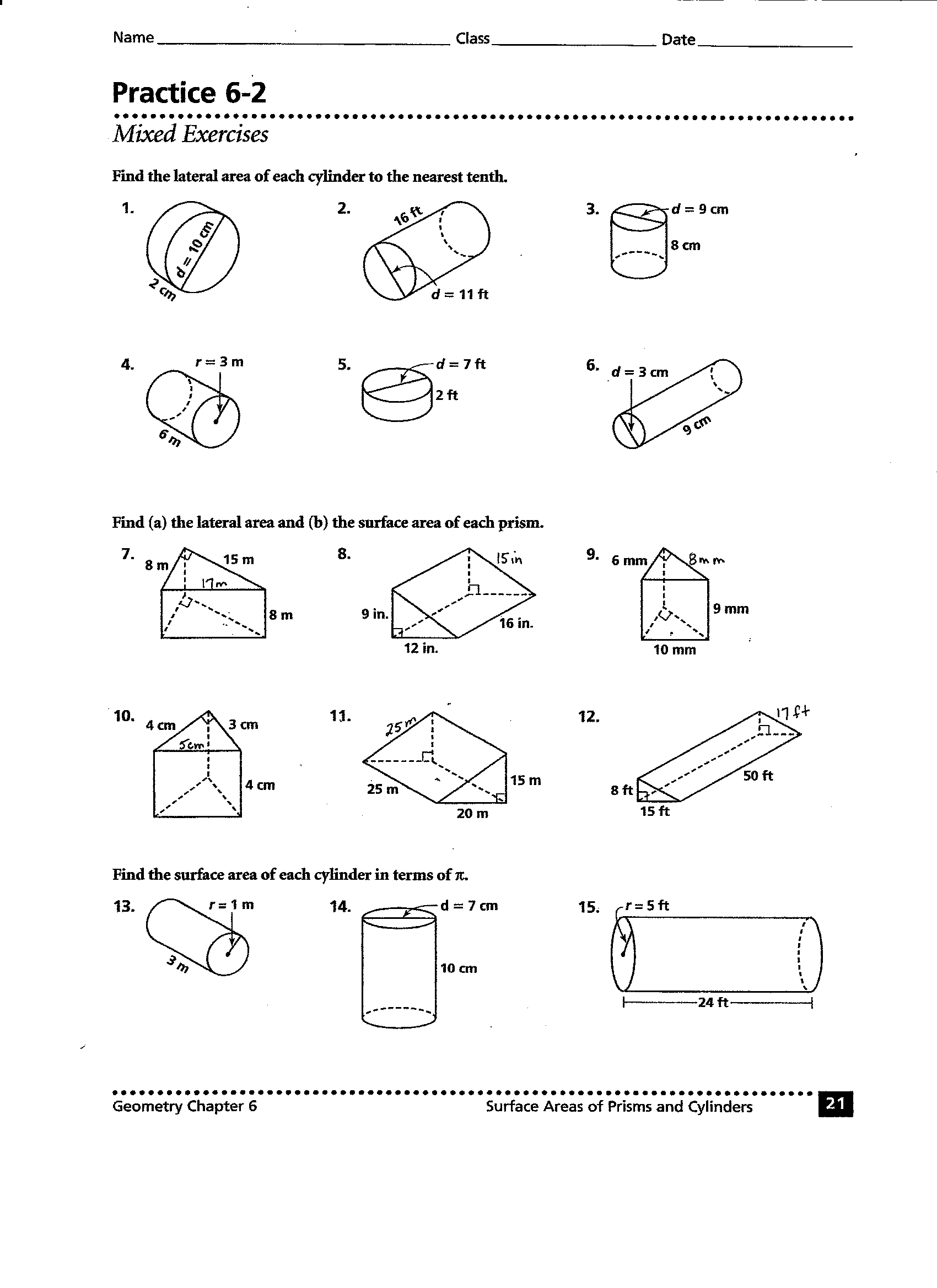
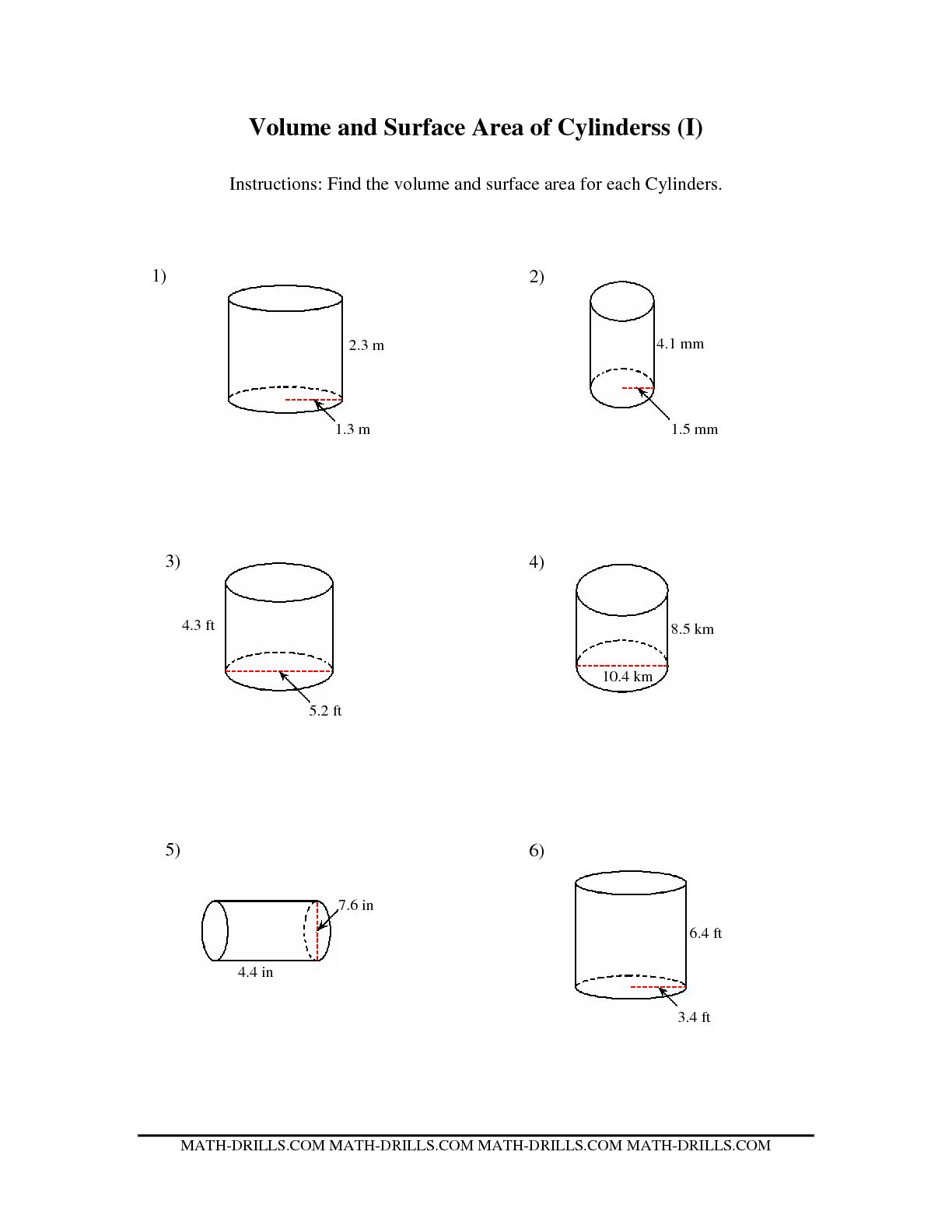
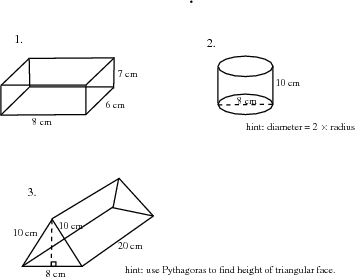
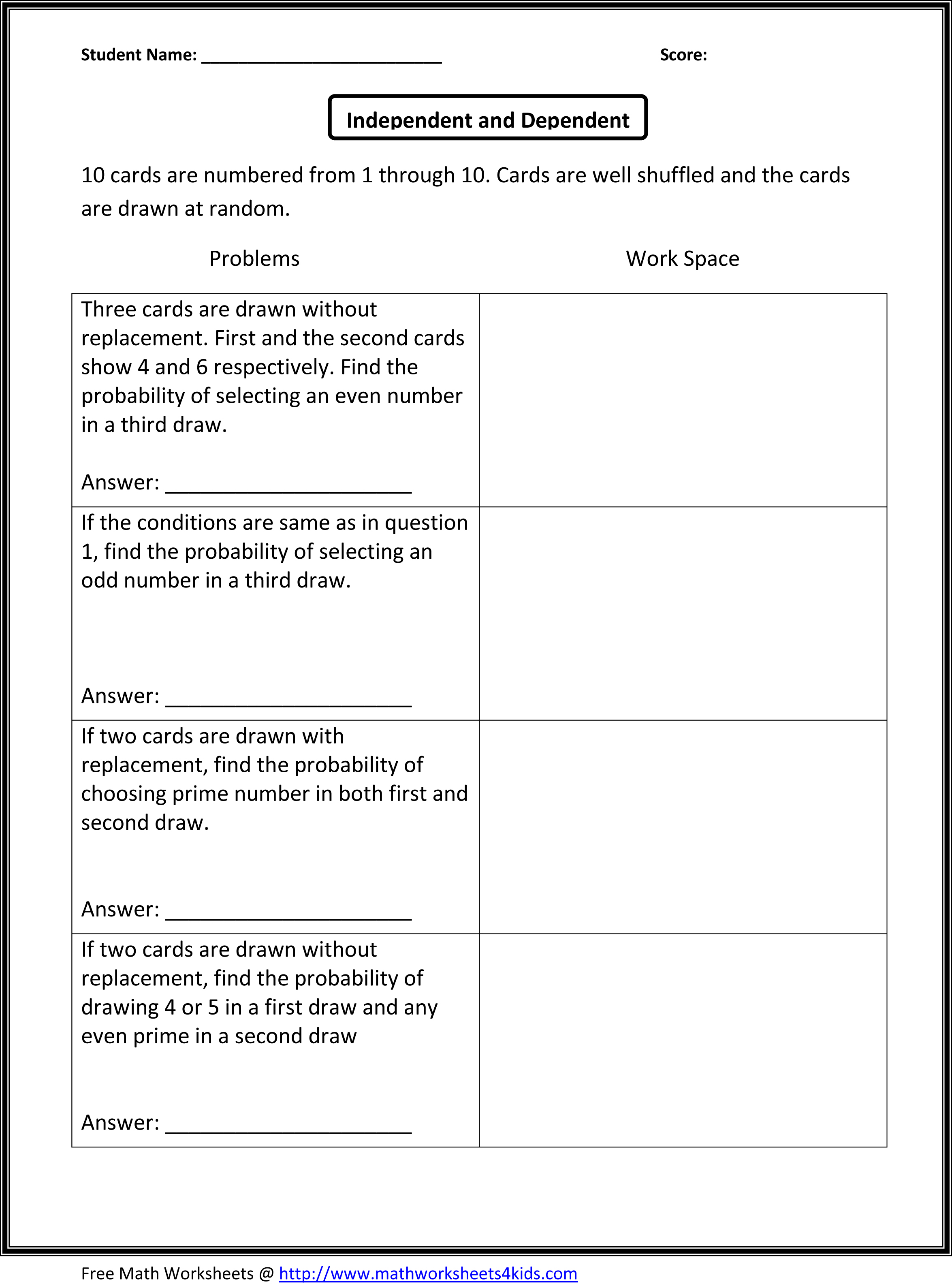
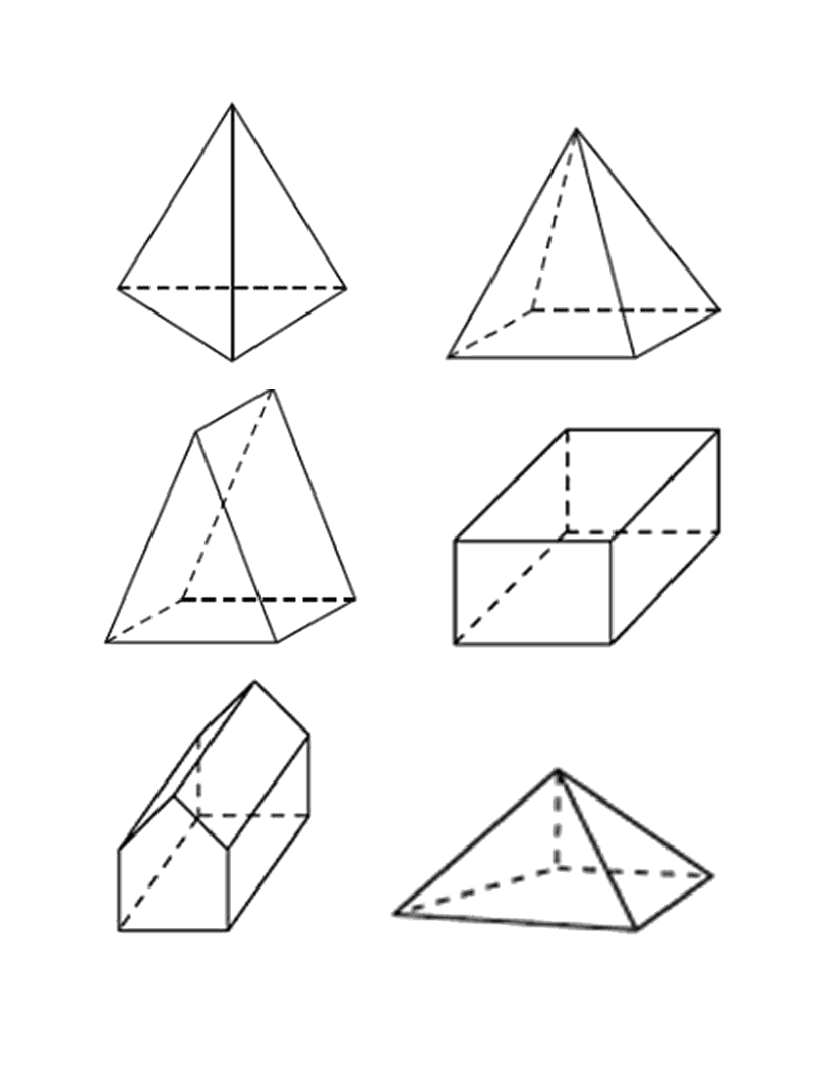
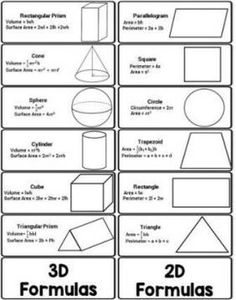














Comments